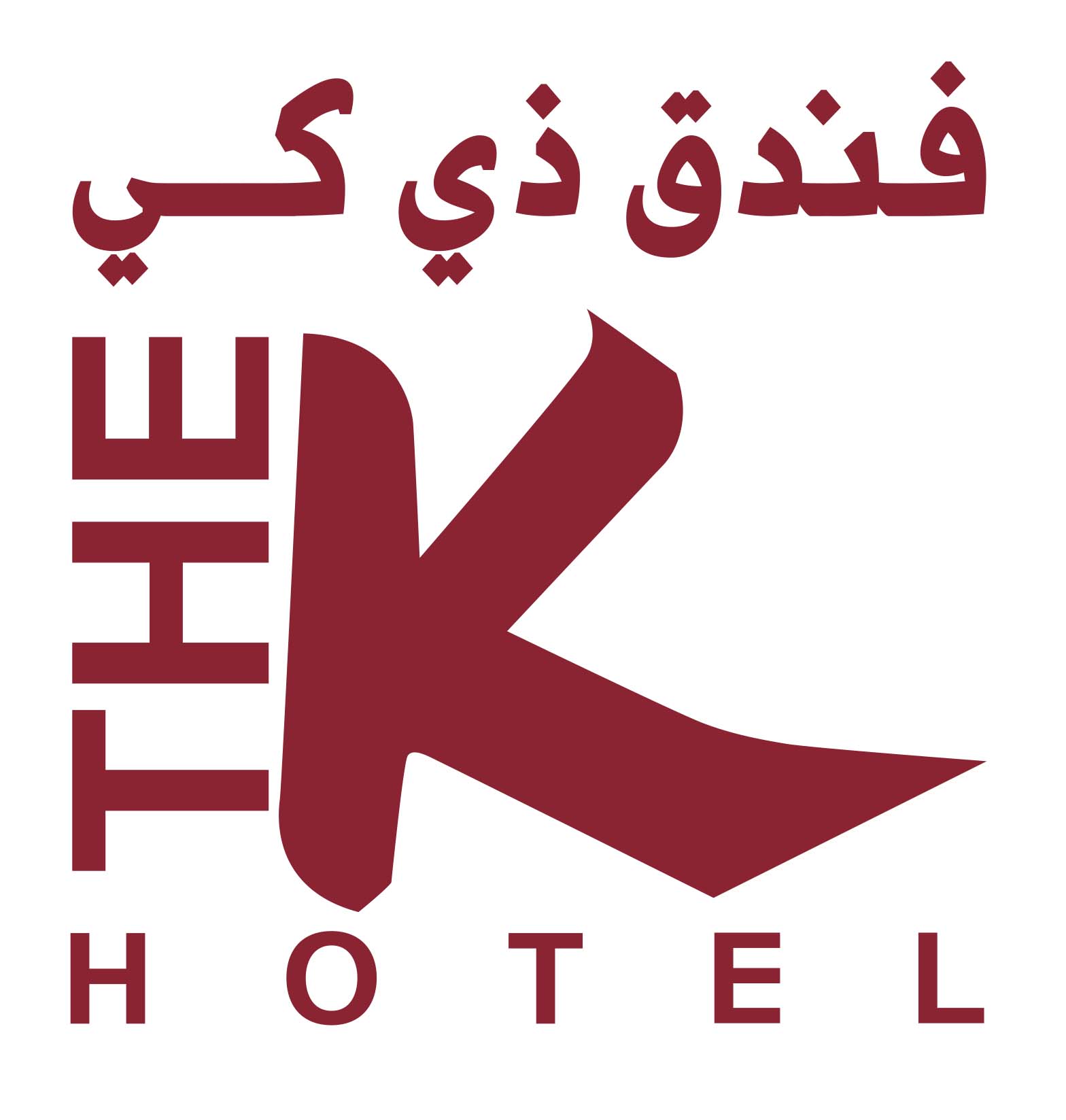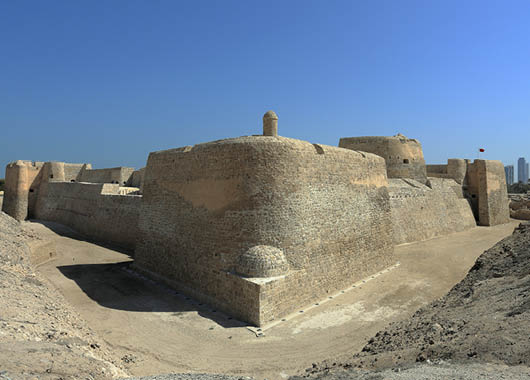


Bab Al Bahrain is located at the entrance to the Manama souq in Bahrain’s capital city Manama. Built-in 1949, it once housed the government’s administrative offices and overlooked the sea. Bab Al Bahrain has undergone many big changes over the years, but the Ministry of Culture undertook a project to preserve it as a cultural landmark and thus restored it to its former glory and eventually moved its tourism sector offices and visitor’s center into the building. Behind Bab Al Bahrain is the old Manama souq. The souq is a vibrant collection of shops offering a wide range of goods from textiles, spices, incense, perfumes, handicrafts, and souvenirs, as well as more modern products from all over the world. There are also a number of traditional coffee shops. The souq offers a unique shopping experience that brings to mind the style of commerce from days long past. The Manama souq is a must-visit while in Bahrain that visitors will be sure to enjoy.

The Qal'at al-Bahrain (Arabic: قلعة البحرين; Portuguese: Forte de Barém), also known as the Bahrain Fort or Portuguese Fort, is an archaeological site located in Bahrain. Archaeological excavations carried out since 1954 have unearthed antiquities from an artificial mound of 12 m (39 ft) height containing seven stratified layers, created by various occupants from 2300 BC up to the 18th century, including Kassites, Greeks, Portuguese and Persians. It was once the capital of the Dilmun civilization and was inscribed as a UNESCO World Heritage Site in 2005. The fort and the tell Qal'at al-Bahrain is built on, are located on the Bahrain island, on the northern seashore. On a clear day it is also seen from Saar. It stands like a "sentinel" near Manama, the capital of Bahrain; it is 6 km (4 mi) away from Manama on the fertile north coast. The tell is the largest in the Persian Gulf region and was built close to the port and by reclamation of seashore land. The archaeological findings, which are unearthed in the fort,reveal much about the history of the country. The area is thought to have been occupied for about 5000 years and contains a valuable insight into the Copper and Bronze Ages of Bahrain.